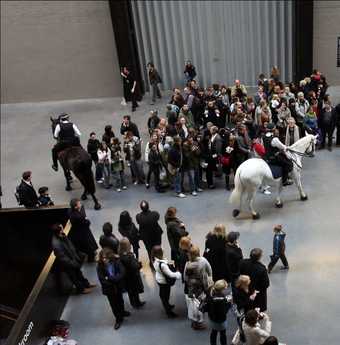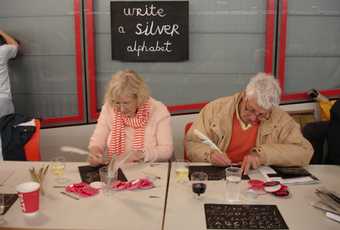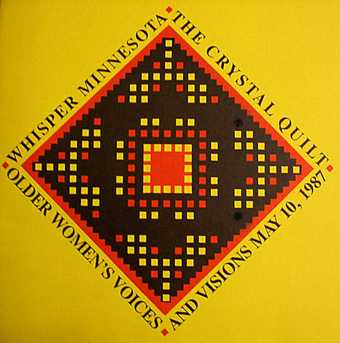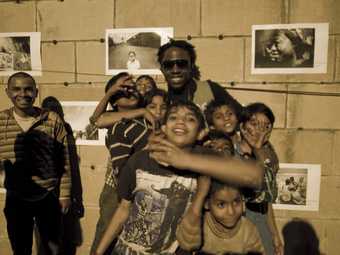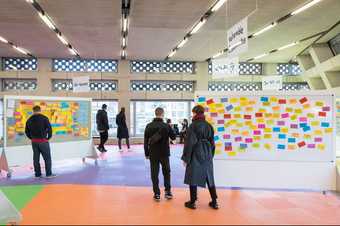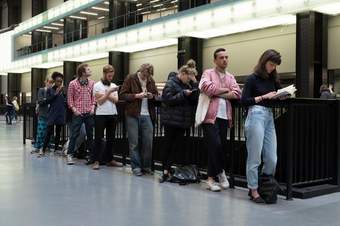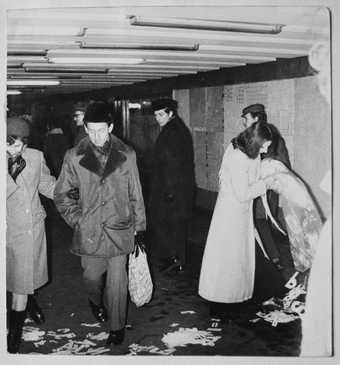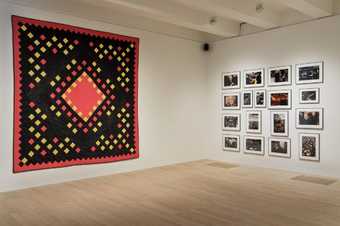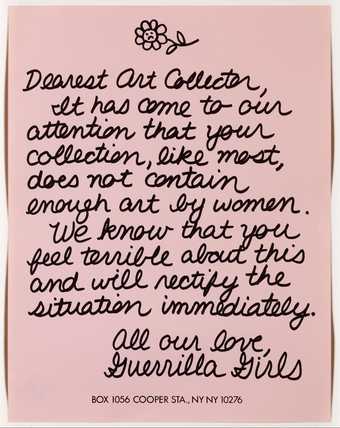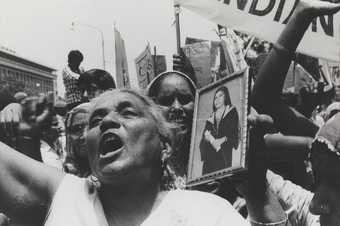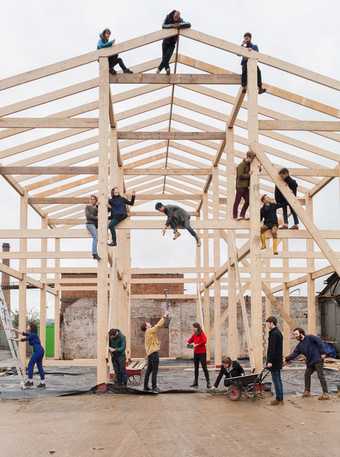
Assemble
Assemble Group Photo 2014
© Assemble
Introduction
Socially engaged practice, also referred to as social practice or socially engaged art, can include any artform which involves people and communities in debate, collaboration or social interaction. This can often be organised as the result of an outreach or education program, but many independent artists also use it within their work. The term new genre public art, coined by Suzanne Lacy, is also a form of socially engaged practice.
The participatory element of socially engaged practice, is key, with the artworks created often holding equal or less importance to the collaborative act of creating them. As Tom Finkelpearl outlines in his book What We Made: Conversations on Art and Social Cooperation, social practice is ‘art that’s socially engaged, where the social interaction is at some level the art.’
Social practice and activism
Socially engaged practice can be associated with activism because it often deals with political issues. Artists who work within this field will often spend much time integrating into the specific community which they wish to help, educate or simply share with. Artist Rick Lowe explains:
You have to spend years developing relationships… It’d be an arrogant disregard of a community to come in and think you can grasp all the complexities of a place in a short time.
Interview with Carolina A. Miranda, LA Times, 2014
The artists’ aim could be to help this community work towards a common goal, raise awareness and encourage conversation around issues, or perhaps to improve their physical or psychological conditions.
2015’s winners of the Turner Prize, Assemble, are a perfect example of artists using socially engaged practice because they collaborate with residents to improve their local area.

